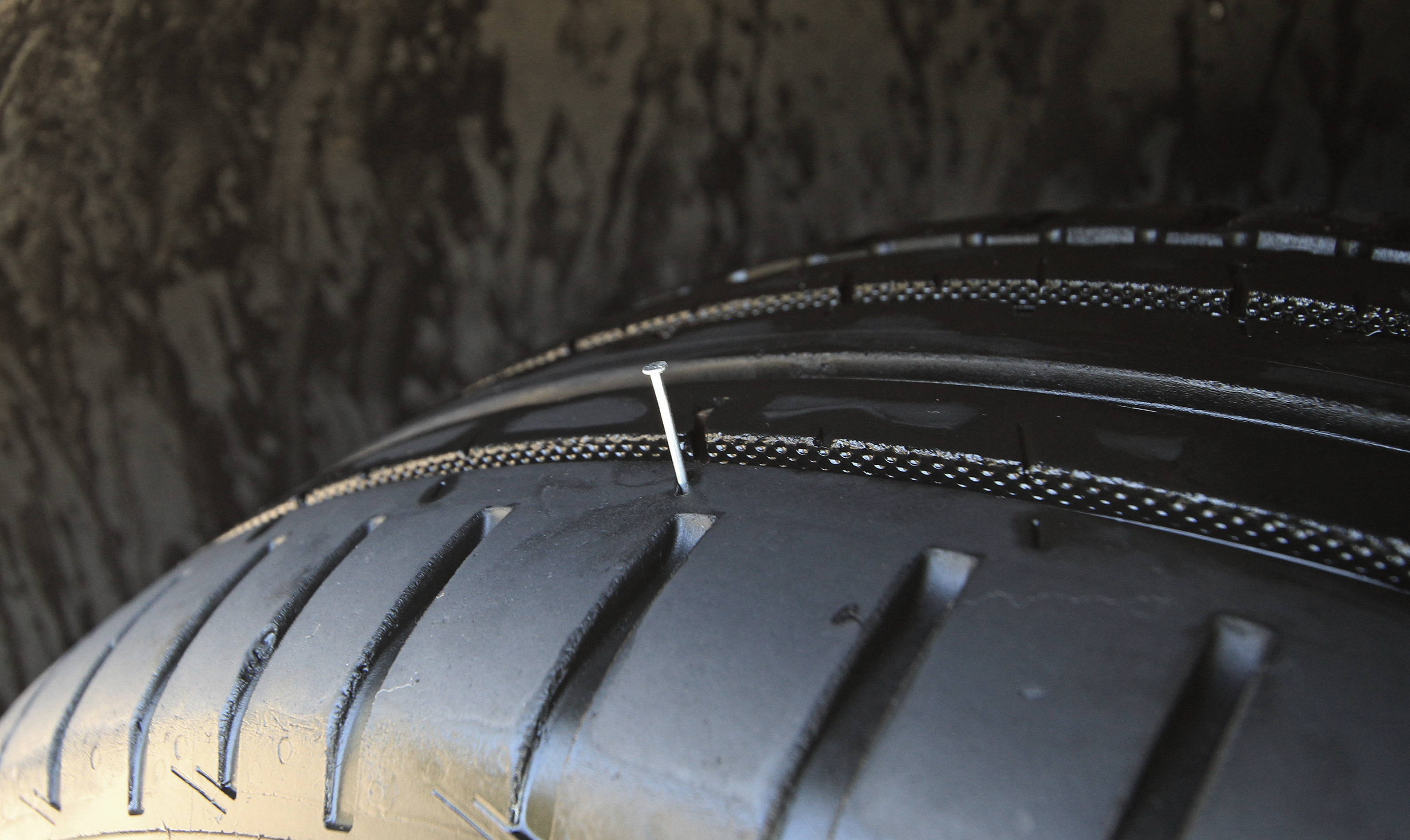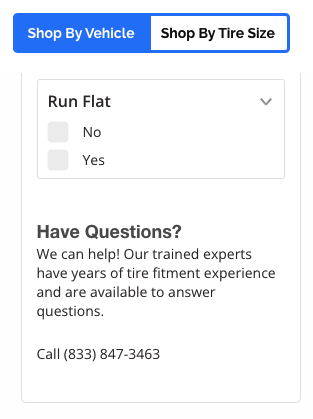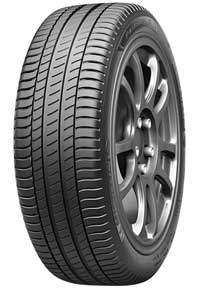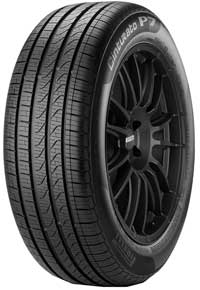Your Shopping Cart
Your cart is empty.
Subtotal ( items)
Instant Rebate Applied:
Promo Code Applied: ID.me Discount Applied:
Have a Promo Code?
Size:
Item
Item
Selected for:
/ each
Add-Ons
Wireless air pump capable of pumping up to 150 psi with 2000 MAH power bank.



Fully protect your clothes and vehicle interior during transportation of your tires. For Tires up to 31" tall and wheels up to 22".
Per sensor
Add TPMS Sensors
/per sensor
Please confirm the make, year, model and trim of the vehicle you want to purchase for:
How many sensors do you need?
The vehicle you have selected is not compatible with aftermarket TPMS Sensors.
Enter a different vehicle to add TPMS sensors

 Front Tire Size:
Front Tire Size:
 Rear Tire Size:
Rear Tire Size:
 Your Vehicle:
Your Vehicle:
Pros & Cons of Staggered Fitment

Attractive Design

Improved Handling

Improved Cornering
Bumpier Ride
Poor Traction in Snow
How do I find my tire size?



Need help?
 Your Vehicle:
Your Vehicle:
Pros & Cons of Staggered Fitment

Attractive Design

Improved Handling

Improved Cornering
Bumpier Ride
Poor Traction in Snow
How do I find my tire size?



Need help?
Pros & Cons of Staggered Fitment

Attractive Design

Improved Handling

Improved Cornering
Bumpier Ride
Poor Traction in Snow
Need help?
Need help?
How do I know if I have an LT tire?

 Your Vehicle:
Your Vehicle:
Sorry, we could not find any available
wheels for your sizing selections.
Need help?
What Are Run-Flat Tires (And Are RFTs Worth It)?
By Tire Agent Staff
April 28, 2022
This article is all about run-flat tire technology and how run-flat tires work. We answer these questions:
- Are run flat tires good in snow?
- Are run flat tires more expensive?
- Are run-flat tires noisy?
- How do run flat tires work?
- When can you use run flat tires?
Advancements in technology over the past few decades have changed how we live. From smartphones to autonomous cars to virtual voice assistants in your home, tech makes life easier.
It's not just the transformation from flip phones to powerful computers that fit in your pocket that's impressive. You can also find some pretty cool technology in things you wouldn't always think of, like tires.
Run-flat tires (RFT) first hit the scene in the mid-80s, but are now more popular than ever. What are these innovative tires, and are they worth the cost? Let's answer the important questions, so you know exactly what run-flat tires are and if you should get some for your vehicle.
Run-Flat Tires Defined
Run-flat tires do precisely what their title suggests. If one tire on your vehicle gets punctured, you can continue driving until you can safely make it to an auto shop or a safe place to change the tire.
You cannot drive on run-flats indefinitely. Consult the manufacturer's specifications to determine how fast and far you can go on a punctured run-flat tire. The average distance you can safely drive is around 50 miles.
The idea of driving on a punctured tire might give you anxiety because it goes against everything your dad (or mom!) taught you, right? But don't worry. RFT technology makes it safe.
How RFT technology works
There are a couple of types of RFT technology. One is the self-supporting system. The other is a support ring system.
In most self-supporting systems, tires feature a reinforced sidewall structure, which will continue to support the vehicle even if air is lost. This design allows you to continue driving following a loss of air pressure up to the manufacturer's recommended speed and distance.
Support ring run-flat tire systems use a ring of hard rubber or another structure to sustain the vehicle's weight in the event of air loss.
The real question is: How long can you drive on run flat tires? Generally, the rule is you can drive on RFTs no more than 50 miles and no faster than 30 miles per hour.
When Can You Use Run-Flat Tires? 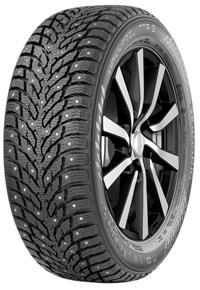
Run-flat tires may be used only on a vehicle equipped with a tire pressure monitoring system (TPMS), since they continue to perform even when considered flat. If you aren't sure whether your vehicle has a TPMS, check your owner's manual or your manufacturer's website.
RFT technology works in snowy conditions, too. If you live in a winter wonderland, you're in luck. Tire manufacturers have engineered specific RFT models with winter weather in mind. For example, Nokian's Hakkapeliitta 9 (pictured) is a studded winter tire with run-flat technology.
To find RFTs for your vehicle, enter your vehicle make, model, year and body trim style and Tire Agent's tire-matching technology will list tires that fit your vehicle. To find only RFTs, select VIEW ALL FILTERS and then check "Run Flat = Yes."
Do You Have to Use Run Flats if Your Vehicle Came With Them?
No, you do not have to replace run-flat tires with the same. You can replace RFTs with regular tires. However, if your vehicle came with non-RFT tires, you can upgrade to RFTs only if your vehicle has a TPMS.
What Are the Downsides to RFT?
Safety is one of the most important factors when considering tire options, and one of the benefits of run-flat is the ability to safely drive on your RFT for a limited distance (and at a lower speed) until you're able to change the tire.
The biggest downside of run flat tires is their cost. You will pay more for RFT models compared to traditional tires. It's estimated that you'll pay about one-third more for an RFT model, plus because you can't pair them with standard tires, you'll need all four tires to be run-flat tire models.
Speaking of costs, run-flats can also lower fuel efficiency. Because RFT technology adds weight to the tire, fuel economy can be reduced by one to two percent. That said, Michelin Primacy 3 (pictured) is a touring summer run flat tire that is also fuel efficient, plus it comes with a 45,000 mileage warranty.
Ride quality is another thing to consider. Some say run-flat tires are a little noisier than standard tires and could decrease overall ride quality. That's due to the enhanced sidewall. Pirelli's Cinturato P7 All Season (pictured), however, is a touring tire for luxury vehicles that boasts reduced road noise in addition to fuel efficiency and run flat technology.
Do You Already Have Run-Flat Tires?
For simple identification, certain tires are plainly labeled "run-flat" on the side of the tire. Look for codes such as ZP, RFT or ROF (Run-Flat Tire/Run On Flat), SEAL, or marks such as a flat tire with an arrow pointing away. Use a magnifying lens if necessary to see the symbols.
You can also examine the tire's rim section, as many run-flat tires include plastic load-bearing slugs instead of regular rubber rims connected to the wall.
Despite the drawbacks, many manufacturers and drivers agree that the safety and convenience of run-flat tires outweigh the expense and hassles of replacement. As technology advances, so does the usability of run-flat tires.
Most major manufacturers include run-flat technology in their top tires, demonstrating their confidence in them and consumer acceptance. In the end, using run-flat tires is up to you and your preference. Here is a list of a few brands that make run flat tires:
- Bridgestone Driveguard
- Bridgestone Turanza RFT
- Continental ContiProContact SSR
- Federal Formoza AZ01 FRF
- Michelin Primacy 3
- Nokian Hakkapeliitta 9 (studded)*
- Nokian WRG4*
- Pirelli Cinturato P7*
- Pirelli Cinturato P7 All Season
*Not all sizes of all makes and models are run flat.
Photo 177954349 © Sergii Baranov | Dreamstime.com
How to Qualify for the $50 Offer
- Add items to your cart and begin checkout.
- Select PayPair and apply for financing.
- If you’re approved by a participating lender, you’ll see a $50 promotional rebate applied to your order total.
-
To receive the $50, you must:
- Complete your purchase with a qualifying lender,
- Agree to the payment terms,
- And make the required number of consecutive on-time payments, as specified by the lender.
Note: Offer available only through select lenders. Additional eligibility requirements and conditions apply. Rebate may be issued after verification of qualifying payment activity. Terms subject to change.
How to Purchase Tires and Wheels
With a Payment Plan
Tire Agent's payment plans make it easy to get the best partial or full set of tires and wheels for your vehicle.
It's fast, secure and won't affect your credit score
Match with multiple lenders
Why Choose PayPair?
PayPair’s Partners and Plans

No Money Down

No Money Down

No Credit Needed*

No Money Down

$1 to Start!*

No Money Down

No Credit Needed*

$1 to Start!*

No Money Down
Other Payment Plans

$0 to Little Down

Pay with your bank account

Simplified checkout experience

Faster and easier than using cards or cash

Simplified checkout experience

Faster and easier than using cards or cash
*SNAP: The advertised service is a lease-to-own agreement provided by Snap RTO LLC. Lease-to-own financing is not available to residents of Minnesota, New Jersey and Wisconsin. NO CREDIT NEEDED: Not all applicants are approved. While no credit history is required, Snap obtains information from consumer reporting agencies in connection with applications, and your score with those agencies may be affected. PAYMENT PLAN: The standard plan consists of renewable lease terms. To exercise an early ownership, consumers must make regular payments on time and schedule additional payments via the customer portal or by contacting Customer Care at 1-877-557-3769. KATAPULT: The Promotional Initial Payment (plus any applicable taxes and fees) is due at lease signing. Your lease-purchase payment amount will be determined after you select your product(s). You will not acquire ownership of the product(s) if the total amount necessary to acquire ownership is not paid. The Promotional Initial Payment does not reduce the cost of the lease-purchase agreement. The Promotional Initial Payment is only available when shopping at Tire Agent through the Katapult mobile app and at Tire Agent’s website. Product pricing subject to change and availability. Disclosure: 90-day early purchase option (EPO) terms and conditions apply: 90-Day (3 months in CA) You can buy out your lease-to-own agreement within the first 90-days. This amount includes the cash price, plus the lease-to-own cost for the first 90-days. Taking advantage of the 90-day purchase option will save you the most money! PROGRESSIVE: Ownership by rental/lease agreement with Progressive Leasing costs more than the retailer’s cash price. Select items only. Cancel or purchase early at any time. Not available in MN, NJ, VT, WI, WY. Progressive Leasing obtains information from credit bureaus. Not all applicants are approved. Standard agreement offers 12 months to ownership. 90-day purchase options cost more than the retailer’s cash price (except 3-month option in CA). To purchase early or to cancel lease, you must call 877-898-1970. Retailer cannot activate early purchase options.

